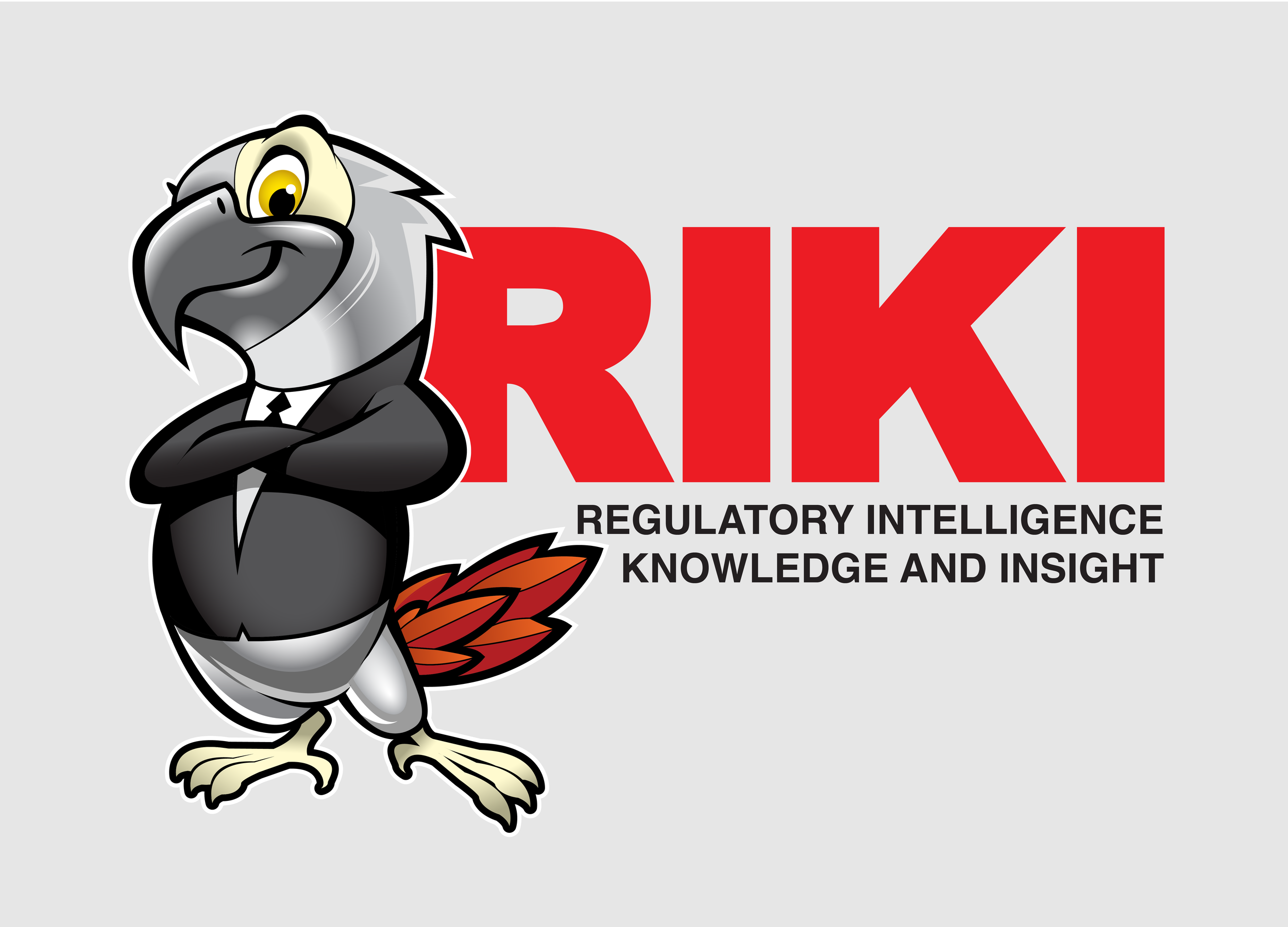From Confusion to Clarity: Building a Knowledge Center for a Pharma Team.
Summary
Boshā transformed a SharePoint into a clear, intuitive Knowledge Center tailored to user roles and workflows.
The solution improved access to strategy, product, project, and people information—boosting usability for over 270 monthly users.
Governance, branding, and thoughtful UX design made the Knowledge Center a lasting, high-traffic resource with 1,000+ visits per month.
The Challenge
Our client, one of the world’s largest pharmaceutical brands, oversees a complex global network of supply chains. The value chain management team, which oversees product strategies that play a crucial role in the company’s end-to-end supply chain, needed a new way to organize its vast library of content.
Value chain leaders reached out to the Boshā team after experiencing SharePoint sites we built elsewhere in the organization—sites known for delivering current, easy-to-navigate, and trustworthy content.
Our Strategy
We set out to build and implement a Knowledge center in SharePoint that would serve as a single source of truth for processes and experts in supply chain.
Boshā took several steps to groundtruth the project in the actual needs and workflows of users. Key initiatives included:
- A knowledge management workshop that identified the purpose of the SharePoint site and sparked conversation that generated new insights.
-
A “Targeted Experiences Map Worksheet” that helped:
- Define the roles that would use the site and their targeted experiences
- Organize content based on process, users’ needs, access, and business value
- Source metadata for the site structure
- A governance workshop that established how team members would maintain upkeep of the site for long-term use.
We also aligned the SharePoint’s appearance with the organization’s visual brand guidelines, using our digital design expertise, custom code, and out-of-the-box SharePoint tools.
Our strategy helped achieve three key objectives:
- Map the Content: Based on input from the value chain unit, we reorganized content into intuitive categories like Products, Projects, Strategy, and People use Subject Matter Expert (SME).
- Streamline the UX: We designed the knowledge center for the real needs of supply chain professionals—quick access, minimal clicks, and no fluff.
- Establish Responsibilities: We defined clear roles and workflows for updating and validating content so the site would remain relevant over time.
Once the site went live, we tested and verified the data uploading process, provided a training session, and provided hypercare service to ensure our client’s satisfaction.
The Impact
The value chain team saw immediate improvements in engagement and ease of use for the platform. Since its launch in 2022, the site has become an active and integral part of the team’s workflow, thanks to a cross-functional governance group that manages the space.
- 270+ employees are using the Knowledge Center regularly.
- The site receives 1,000 visits a month—a significant increase in activity.
“The site is clean and clear,” says a value chain management leader. “Users can find what they need easily.”
Capabilities and Services used
Case Studies
-

From Confusion to Clarity: Building a Knowledge Center for a Pharma Team
Case Study
-

Digitalizing Project Management For a Global Pharmaceutical Leader
Case Study
-

Designing for Impact: How Animation Transformed Product Demos
Case Study





